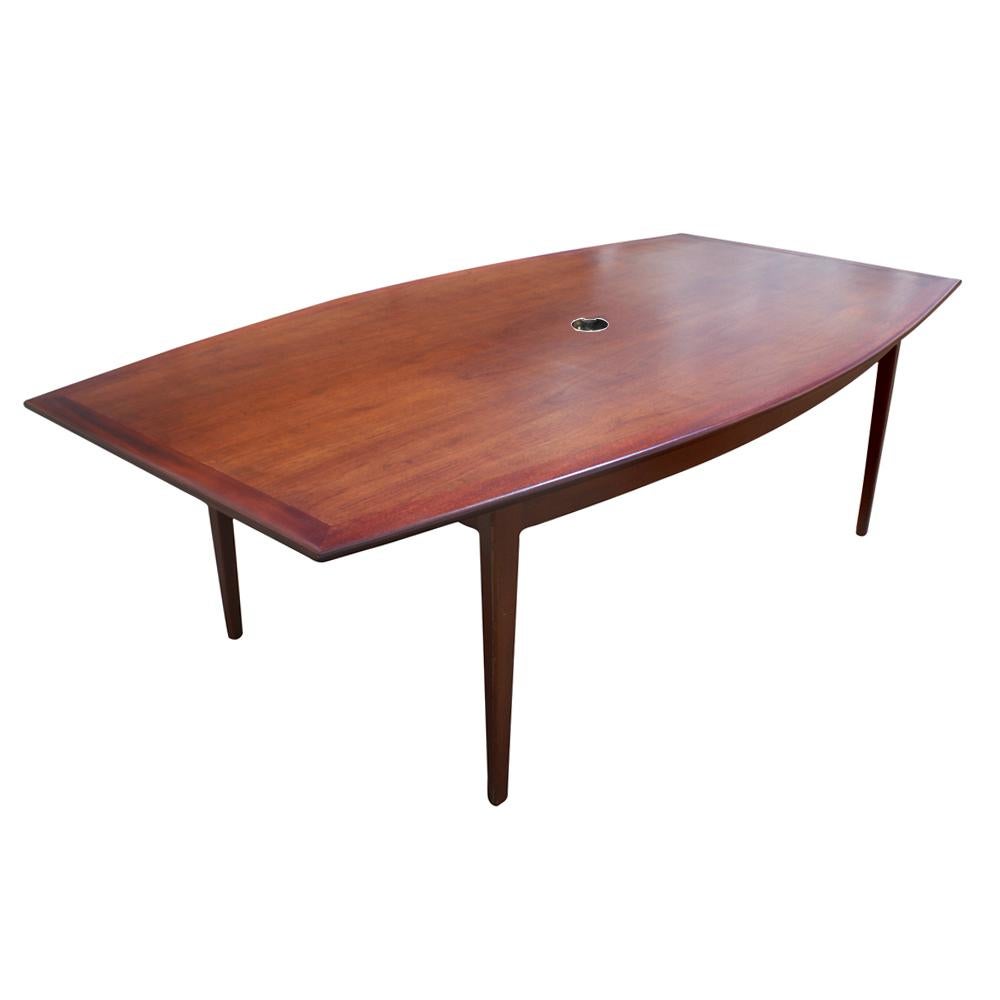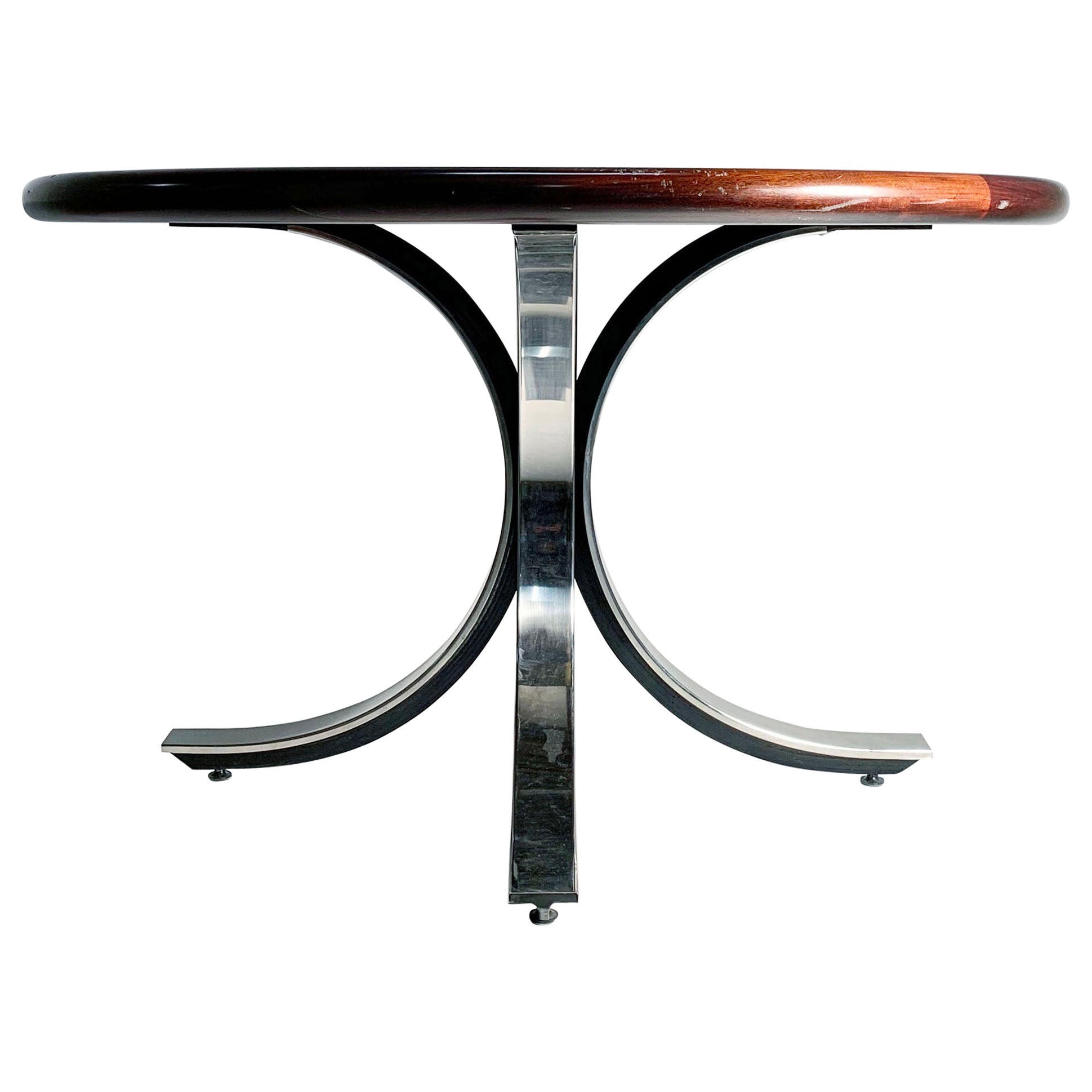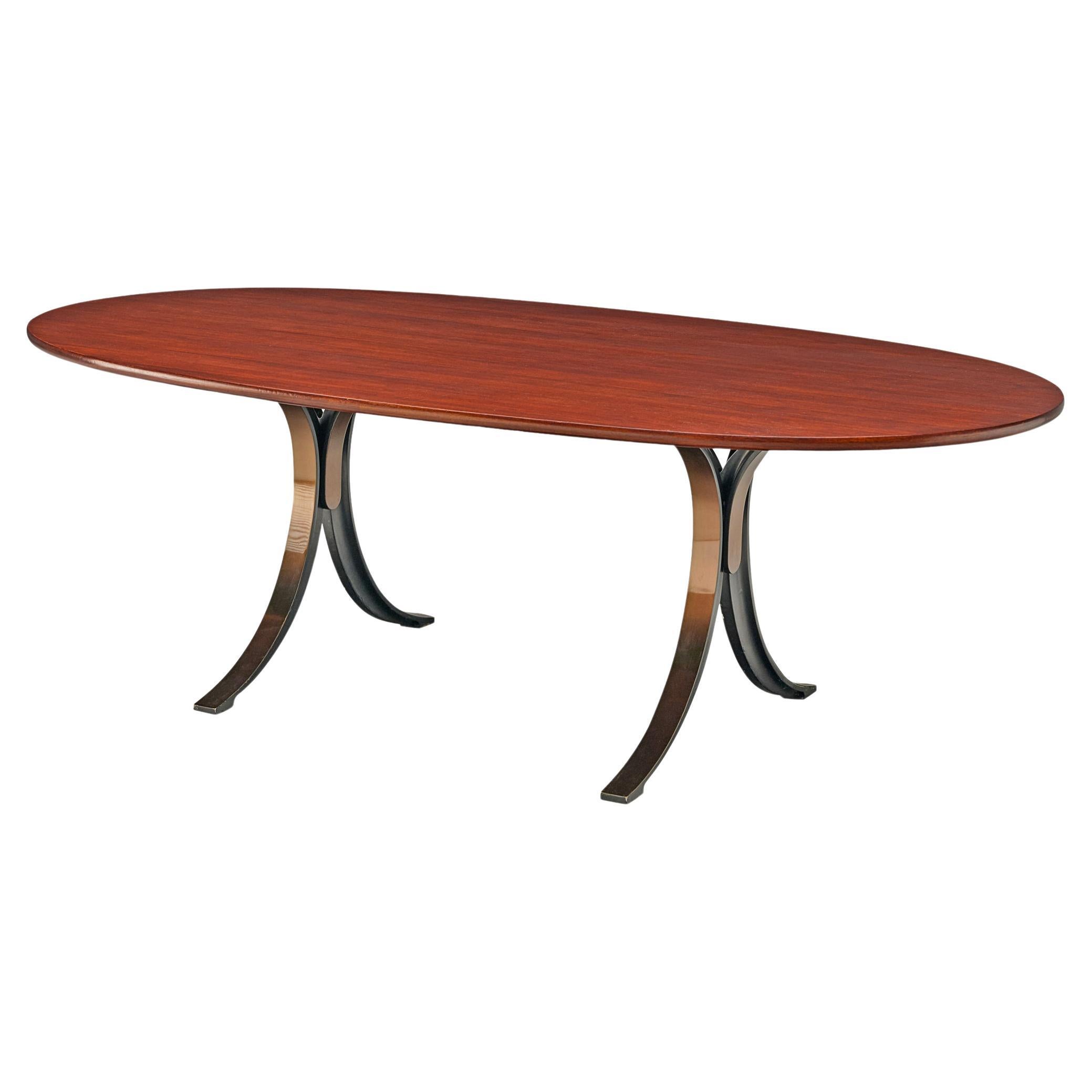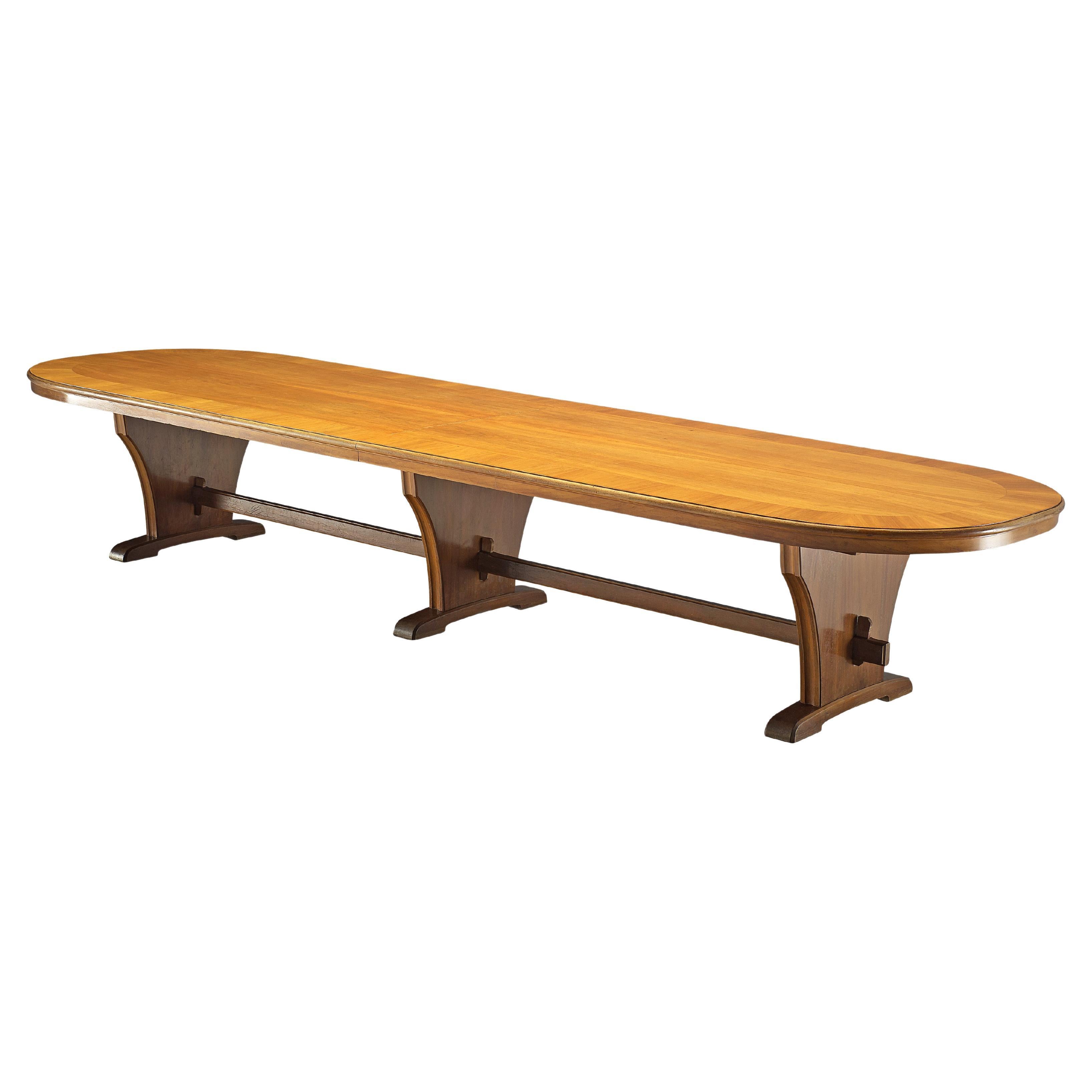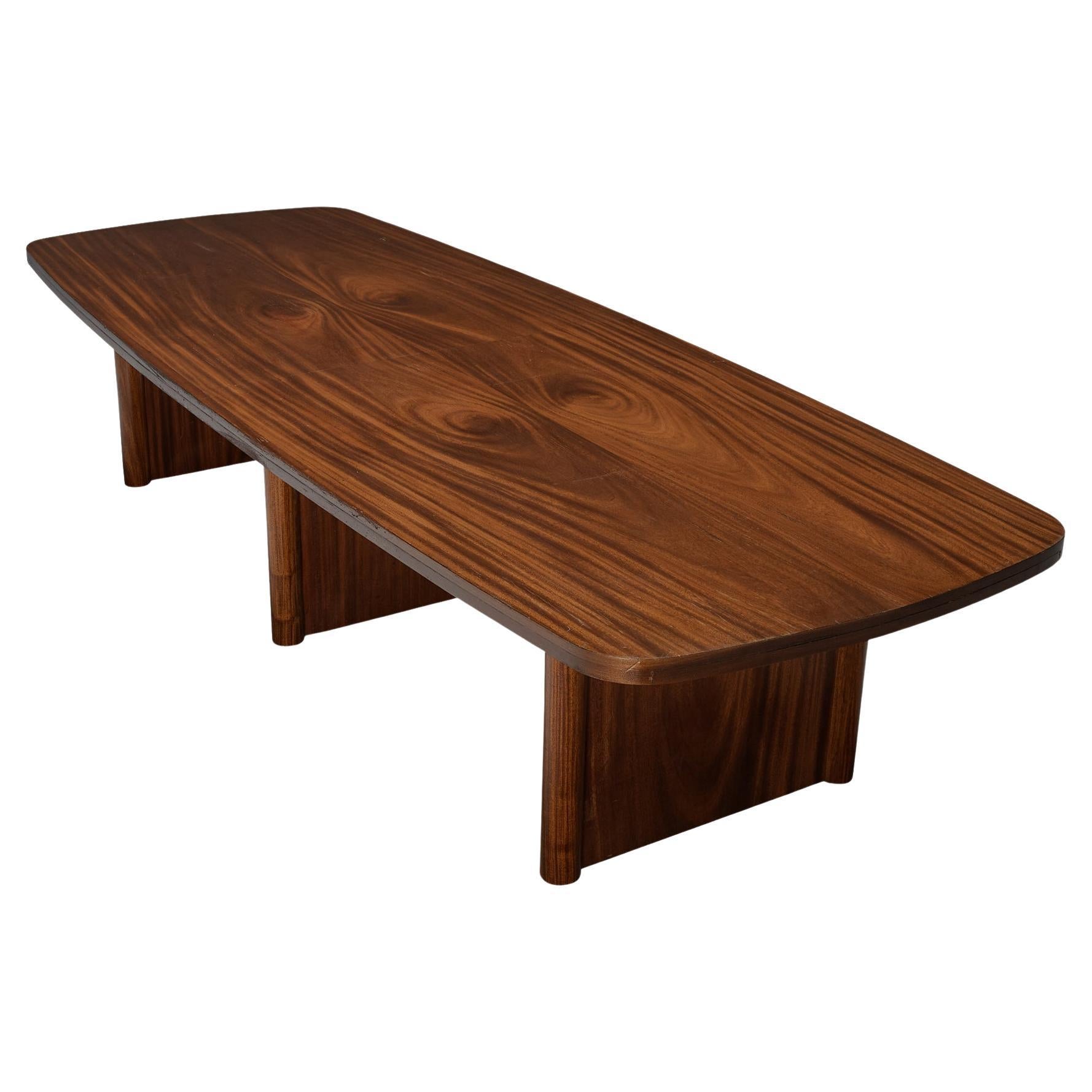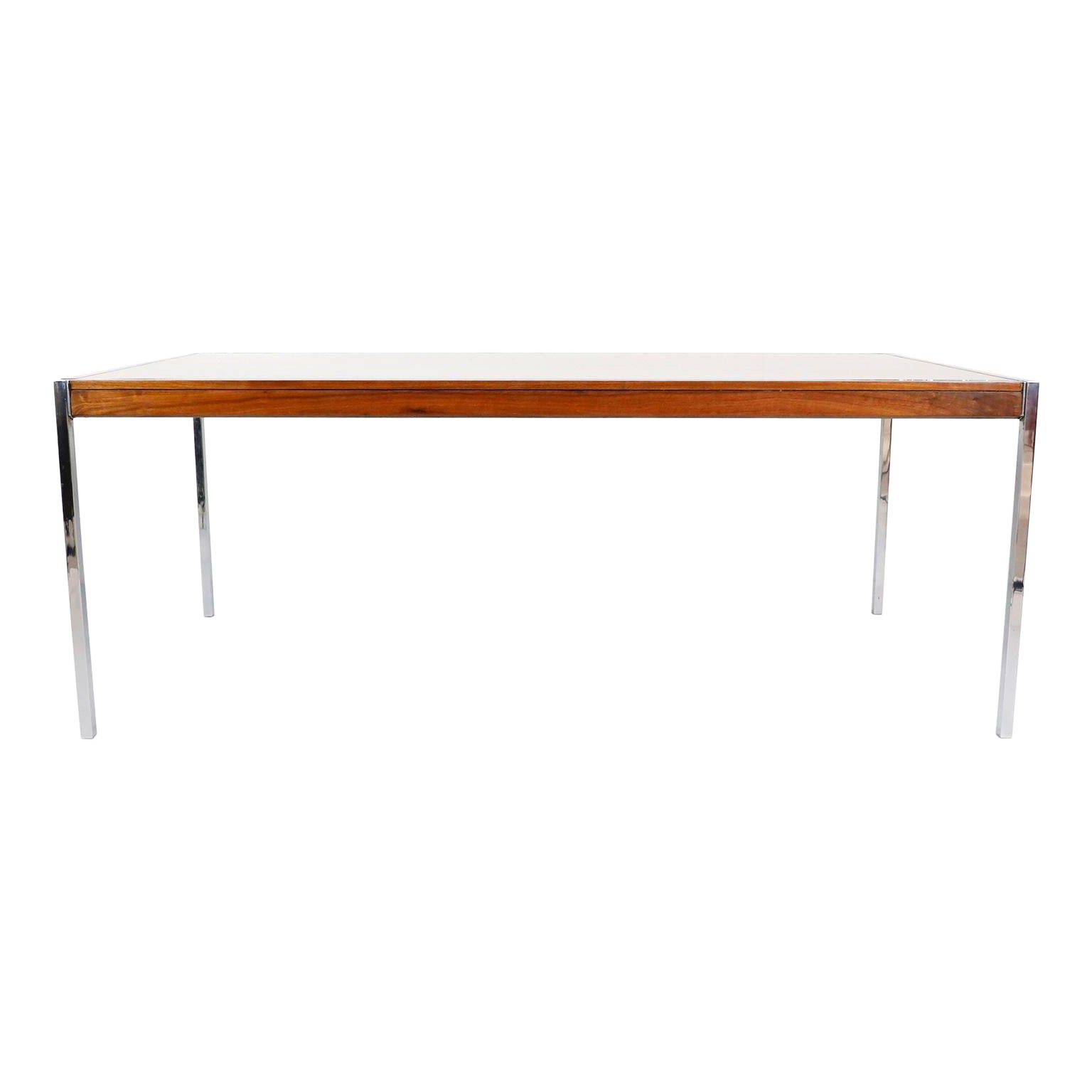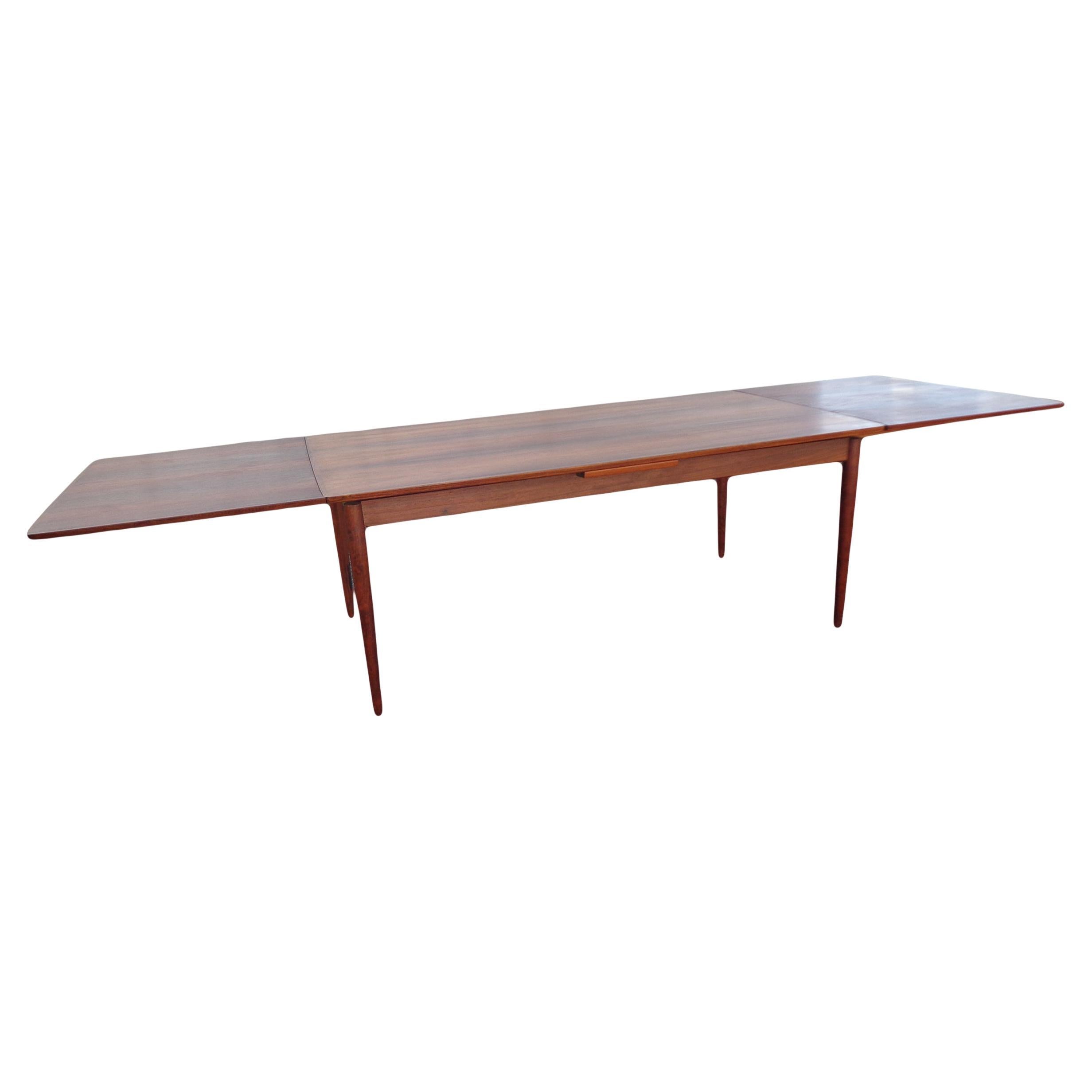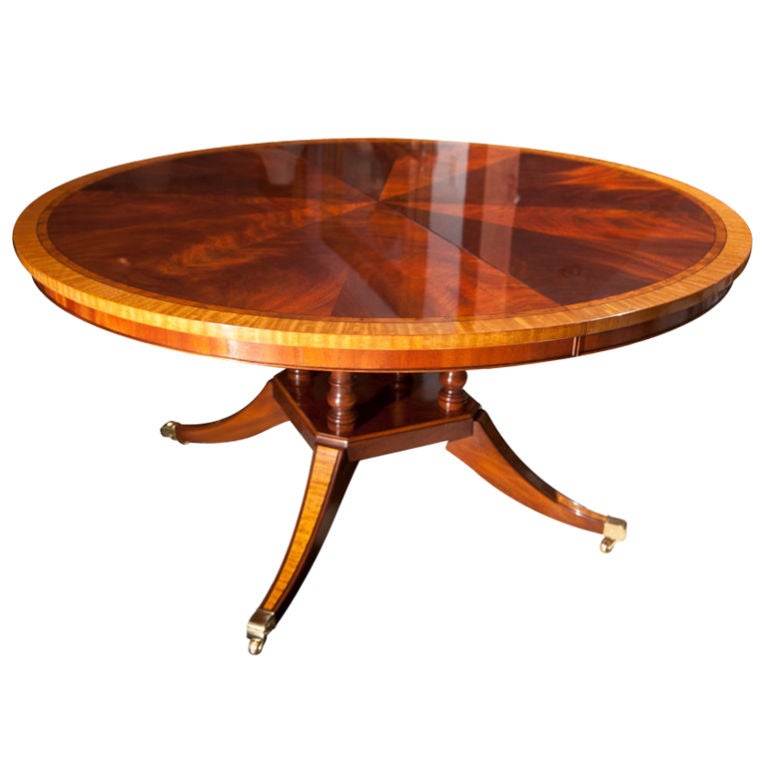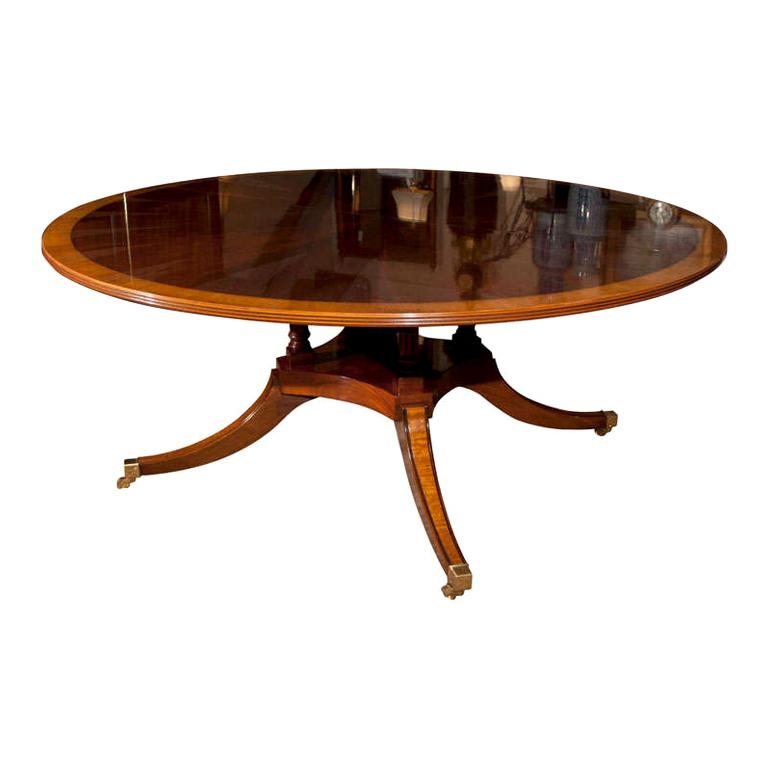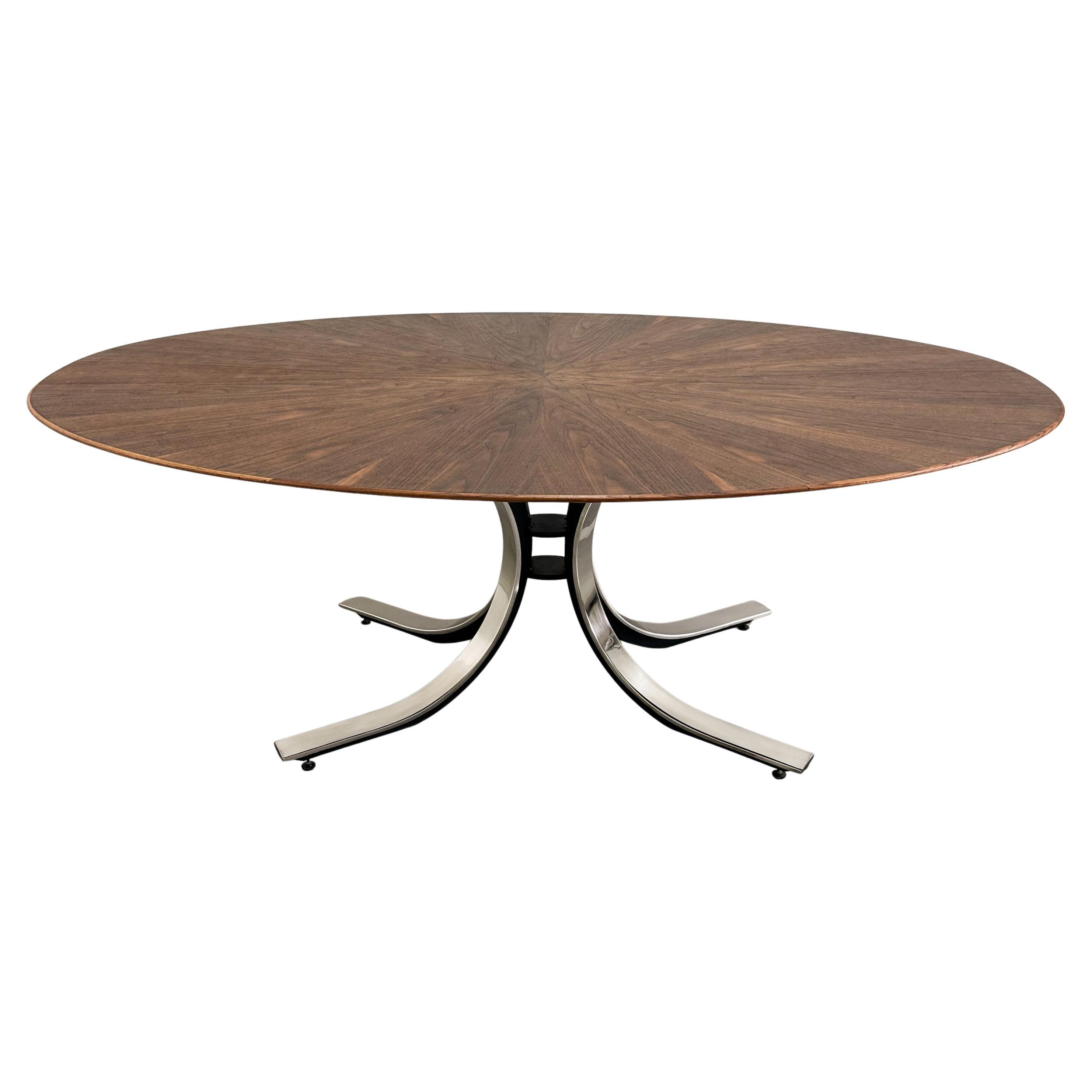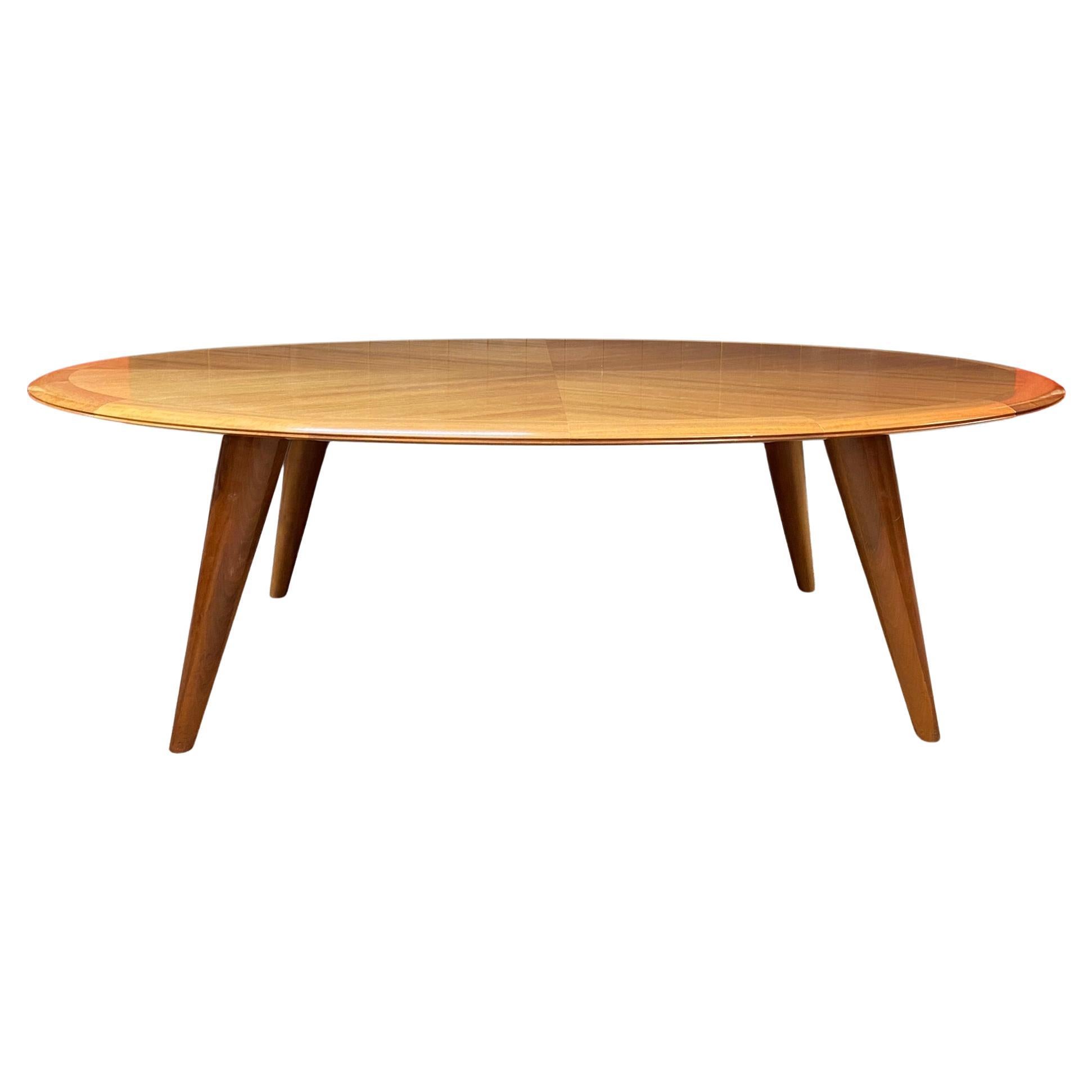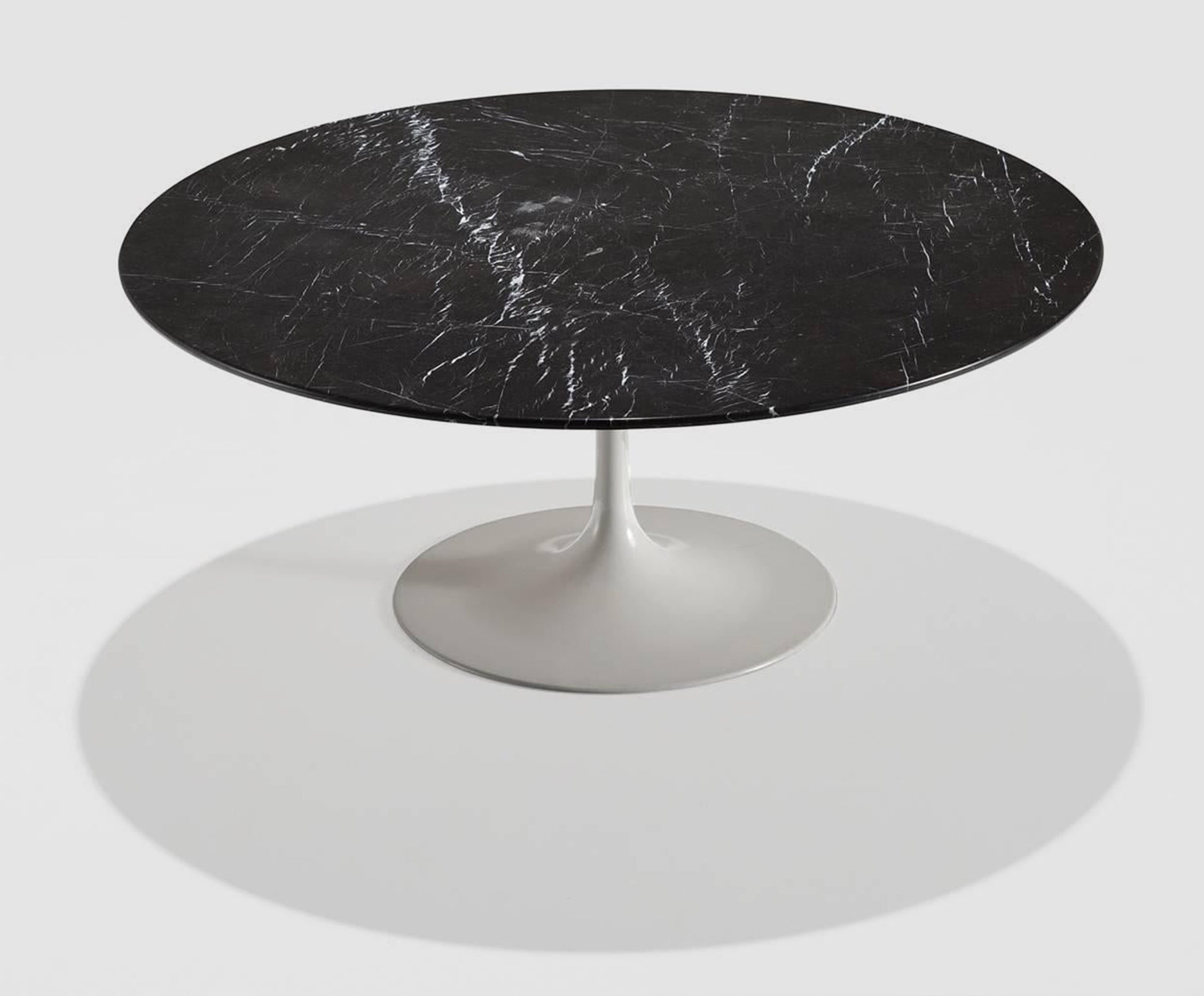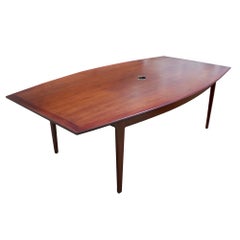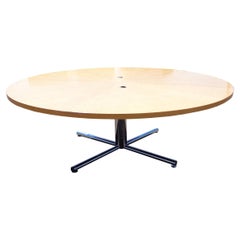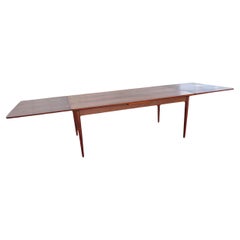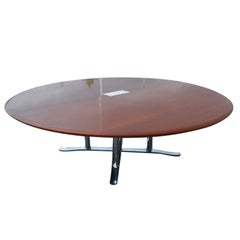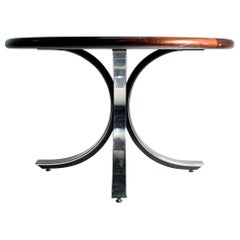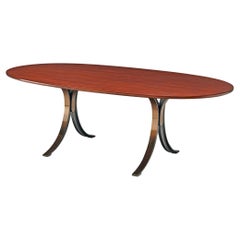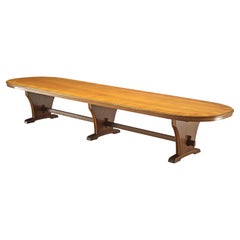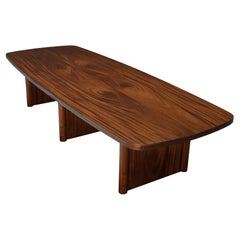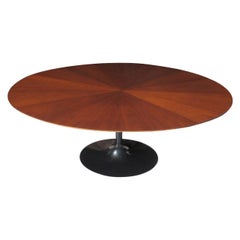
6ft Borsani Knoll Saarinen Walnut Starburst Table
View Similar Items
6ft Borsani Knoll Saarinen Walnut Starburst Table
About the Item
- Creator:
- Design:Saarinen Pedestal TableSaarinen Pedestal Series
- Dimensions:Height: 29.5 in (74.93 cm)Width: 78 in (198.12 cm)Depth: 47 in (119.38 cm)
- Style:Mid-Century Modern (Of the Period)
- Materials and Techniques:
- Place of Origin:
- Period:
- Date of Manufacture:1970s
- Condition:Wear consistent with age and use.
- Seller Location:Pasadena, TX
- Reference Number:1stDibs: LU867122231472
Pedestal Table
Finnish-American architect and furniture maker Eero Saarinen (1910–61) declared that he “wanted to clear up the slum of legs” crowded beneath tables. Enter his Pedestal collection, which Knoll launched in 1958. The collection included armchairs, stools and tables of various sizes all balanced on a single supporting leg.
Saarinen got his start in furniture as a student at Michigan’s Cranbrook Academy of Art, where his father, architect Eliel Saarinen, was director. Some of Eero’s earliest work was designing furniture for Kingswood, a Cranbrook school for girls that opened in 1931. The pieces included a table with four gathered legs in order to make room for both people and chairs’ legs.
At Cranbrook Academy, Saarinen met Florence Knoll, who would become a lifelong friend and professional partner, especially when she was leading the Knoll furniture company. He also met fellow designer Charles Eames, and — with support from Ray Eames — they created the molded plywood Organic chair, which placed first in the 1940 Organic Design in Home Furnishings competition organized by the Museum of Modern Art in New York. As with Saarinen’s future practice, the Organic chair was emblematic of a design approach that was informed by a consideration of the human body as well as the possibilities of new machine processes.
Although America’s involvement in World War II disrupted plans to manufacture the Organic chair, Saarinen continued to explore organic shapes in industrial design. His interest in using seamless plastic forms was clear with his Pedestal series, but the technology was not advanced enough for their stability. Instead, the Pedestal table and its accompanying Tulip armchairs and armless chairs comprised cast-aluminum bases. Each table, stool and chair was crafted with a single, tapered cylindrical leg that descends to a base that flares into a circle, giving the illusion of being one piece. Like his Gateway Arch in St. Louis, the series’ pieces appear to float, and although austere in silhouette, they reflect intense attention to engineering.
The Pedestal table was released with several additional options, including marble and wood veneer for its round and oval tops for dining, side and coffee tables. Because of their modest footprint on a room and streamlined design, these tables can harmonize with nearly any interior style. The design’s status as a mid-century modern classic has inspired numerous imitators, but Saarinen’s original Pedestal table — still manufactured by Knoll — maintains the grace and quality that distinguishes it from the rest.
Osvaldo Borsani
With his stylish and technically innovative furniture, Osvaldo Borsani helped change the face of Italian design in the 1950s and ’60s. His sofas and chairs, featuring deeply upholstered seating and adjustable position settings, have an aura of optimism and efficiency that still seems fresh and lively today.
Born in the commune of Varedo in northern Italy’s Lombardy region, Borsani studied at the Brera Academy in Milan — the same school attended by such luminaries as designer Piero Fornasetti and artist Lucio Fontana — as well as the Polytechnic University of Milan. Borsani first worked for his father’s furniture-making firm, Arredamenti Borsani, an atelier influenced by the more expressive and curvaceous wing of Art Deco design.
By 1953, when, along with his twin brother, Fulgenzio — the pair also created this visionary mid-century villa — Borsani opened the furniture company Tecno, his design sensibilities had evolved toward furnishings with strong, simple forms enhanced by mechanical innovations, as with the P40 adjustable armchair. Borsani would be the firm’s lead designer for 30 years, while fostering work by Vico Magistretti, Carlo De Carli, Robin Day and others.
Similar to Gio Ponti in the earliest years of his career, Borsani first created designs marked by lush and buoyant lines: tables with voluptuous curved legs, sofas with undulating backrests.
But Borsani’s best-known and most novel pieces date from Tecno’s initial furniture lines: the adjustable D70 sofa, which folds open to make a daybed, and the P40 recliner. The latter — now included in the collections of the Museum of Modern Art and the Victoria & Albert Museum — is an articulated lounger with a back, seat and leg rest that can be moved into 486 different positions. Not only is it extremely comfortable, it is also enduringly chic.
Find a collection of vintage Osvaldo Borsani tables, dining chairs and other furniture on 1stDibs.
More From This Seller
View AllVintage 1960s American Dining Room Tables
Walnut
Vintage 1970s North American Mid-Century Modern Dining Room Tables
Birdseye Maple
Mid-20th Century Danish Mid-Century Modern Conference Tables
Rosewood
Late 20th Century American Conference Tables
Stainless Steel
Mid-20th Century American Mid-Century Modern Conference Tables
Walnut
Mid-20th Century North American Mid-Century Modern Dining Room Tables
Ceramic
You May Also Like
Mid-20th Century American Mid-Century Modern Dining Room Tables
Steel
Vintage 1960s Italian Mid-Century Modern Dining Room Tables
Aluminum
Vintage 1960s German Mid-Century Modern Conference Tables
Wood, Walnut
Vintage 1960s Danish Scandinavian Modern Conference Tables
Walnut
Vintage 1970s Mexican Mid-Century Modern Conference Tables
Steel
21st Century and Contemporary British Regency Dining Room Tables
Mahogany, Satinwood, Yew
